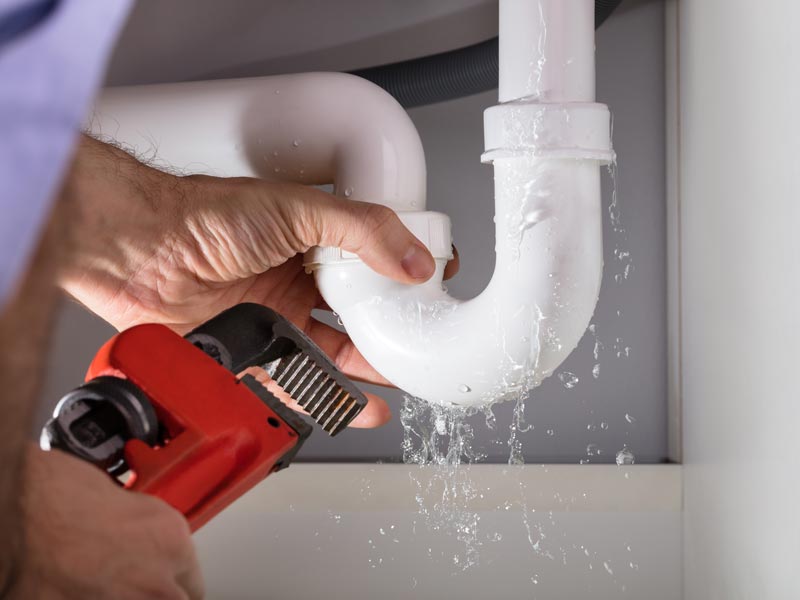French drains pipes which, in spite of their name, originated in the USA, essentially work by offering intrusive groundwater with a path of least resistance by means of which it can be redirected far from a framework or low-lying area of grass. They are called for a new Hampshire man, Henry Flagg French, that, in 1860, published a publication with the appealing title: Farm Drainage – The Concepts, Procedures, and also Results of Draining Pipes Land with Rocks, Timber, Plows, as well as Open Ditches, and Especially with Tiles.
Nowadays, French drains are usually made use of to fight flooding troubles brought on by surface and/or groundwater that a homeowner may be having, especially impacting their lawn, structure or cellar. They are additionally occasionally used to drain pipes off fluid effluent from sewage-disposal tanks.
The standard style, a gravel-filled trench, is easy however, for it to proceed persuading the long run, it is necessary that it be well performed.
Flooding troubles are usually connected with sloping ground, non-porous clayey soil, or a mix of both. For instance, if your residential or commercial property is improved an incline with your neighbors’ home inhabiting a great deal higher the slope, heavy rainfall can precipitate a buildup of groundwater rushing down from their building as well as onto your own. If your dirt is not able to absorb all that water, you can effectively experience damages to your home’s foundation, or leakage right into a crawlspace or basement listed below the first stage of your home.

A straight French drainpipe is a basic, cost-efficient option to such a problem. In this circumstance, it works as a moat that secures your home by obstructing the groundwater rushing down the incline and also routing it around as well as far from your residence’s foundation.
A straight French drainpipe is a manageable D.I.Y. task, if you don’t mind doing some backbreaking work (this does entail digging a trench, which after all is a point closely akin to a ditch) as well as you have the correct tools and also products (1″ round cleaned crushed rock, 4″ PVC pipe with water drainage holes, a trenching spade or power plate and a building contractor’s level).
So, let’s get down to the nitty-gritty both of just how to construct a French drainpipe, as well as exactly how it functions. First of all, you’ll require to dig an L-shaped or U-shaped trench system, 6″ vast and also 24″ deep, 4 to six feet from the house. It is very important not to build the drainpipe as well near your home since, if you do, you’ll be bringing water up against the structure, which is precisely what you don’t desire.
The primary leg of the trench system should be collected the incline from your home. For a U-shaped French drainpipe, it ought to be level and also linked to two pipes on either side of the house with 90 degree PVC elbow joints. For an L-shaped drainpipe, the major leg must slope down, at a pitch of at the very least 1/8 inch per foot of fall, to the second leg which will certainly run alongside your home, also connected by means of a 90 degree PVC elbow joint.
When you are designing your drainpipe system, you want to make gravity benefit you. Just like a river, groundwater moves downhill, so you’ll need to collaborate with the natural slope of your residential or commercial property and, preferably, have the leave pipeline come out over ground to give the groundwater a simple departure factor.
Feel free to visit their page to know how to find a great plumber.

